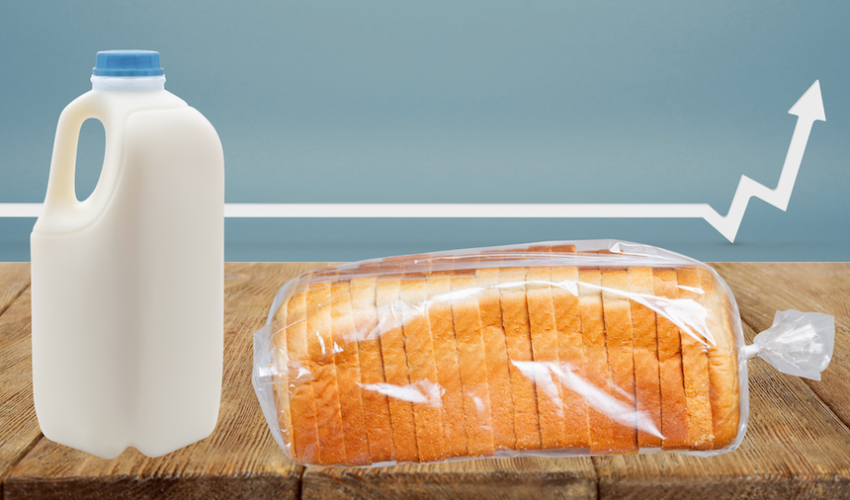Learn » Simplicity Research Hub » The cost of bread and milk
The cost of bread and milk
Published on 12/09/2025

By Shamubeel Eaqub, Chief Economist - Simplicity Research Hub
A quick run to the shop for milk and bread has gotten expensive fast. It feels symptomatic of the everyday costs that are making so many Kiwis feel worse off.
The ANZ-Roy Morgan Consumer Confidence survey asks a simple question: Would you say you and your family are better off financially or worse off than you were at this time last year?
After improving from deep lows, the answer to that question has taken a turn for the worse again in recent months. It’s not surprising, with job losses, reduced working hours and the increasing cost of necessities biting into household budgets.
What’s worrying is that this weakness isn’t just showing up in consumer sentiment, but also in business surveys of sales. It’s starting to feel like a double-dip recession.
That’s why the Reserve Bank needs to move further - not just neutral interest rates, but to a genuinely supportive stance. This is a deeper and longer recession than the GFC, and it calls for orthodox policy responses. The government, too, needs to get moving on speeding up infrastructure spending. This isn’t rocket science, rather orthodox policy prescription.
The price of bread and milk
A loaf of white bread and a bottle of milk were a five-dollar purchase for a long time (with brief forays closer to $5.50). But in the last couple of years, prices have really broken out. See chart below.
Supermarkets have long kept bread prices low, often using it as a loss- or low-profit leader. Even so, it doesn’t change the way people process price changes. When at the shop, the mental benchmark isn’t what does this cost relative to my income? It’s what am I used to paying for this?
Some costs have eased - mortgage payments and electronics, for example. But unavoidable ones keep rising: food staples, council rates, insurance, electricity.
The cost of basics are weighing on people
The Reserve Bank’s dilemma
The big question for the RBNZ is this: do rising costs of necessities simply erode household incomes and discretionary spending, or do they spill over into generalised inflationary pressures?
My money is on the former. But the Reserve Bank remains fearful of inflation, which explains why it has been so slow to cut rates.
Looking ahead
I’m not confident New Zealand’s policy-makers are ready to put a floor under this recession. I hope I’m wrong. But it feels like the bitterness of this winter may infect spring as well.
Take care.